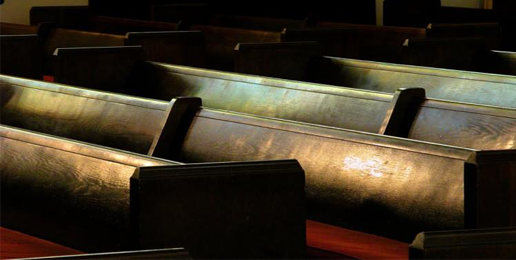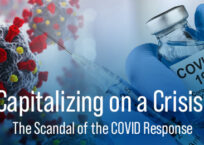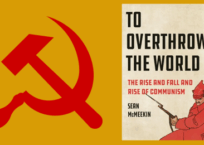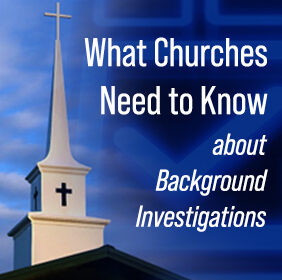
Written by Dr. David J. Ayers
When I visit my family physician, he starts by checking my vitals. It’s amazing how critical are simple things like blood pressure, temperature, and pulse.
We social scientists know that vital signs matter in organized religion, too. There are a lot of details we can look at, but basics such as how many people identify with churches, whether they attend services regularly, or apply their faith to their daily lives, are awful important. Here is what we know: the vital signs of American Christianity are in serious decline.
Recently, I compared crucial vital signs for Americans aged 18 to 44, surveyed in the respected National Survey of Family Growth (NSFG). I compared the data released in 2013 to the same survey released just six years later, in 2019. Here’s what the data show:
For both males and females, membership in Evangelical Protestant, Mainline Protestant, and historically Black Protestant churches declined a lot. Meanwhile, those professing no religious faith—called “Nones” in sociological circles—rose sharply: from 26 percent to 38 percent among males, and from 22 percent to 28 percent among females. Within each of these three divisions of Protestantism, the percentages of both males and females who reported attending church every week or more declined quite a bit, while those who attended rarely or never increased. The percentages of both males and females who claimed that their faith is “very important” in their daily lives also sank in each of these Protestant groups.
Mainline Protestantism, especially, is on life support. In this survey and age group, the numbers went down one-fifth, and were only 12 percent in the latest NSFG. Among mainliners, only 20 percent of males and 28 percent of females went to church every week, 28 percent of males and 18 percent of females said they that they never go to church, and only 28 percent of males and 40 percent of females considered their faith to be very important. Optimistically, this means that less than 5 percent of Americans from 18-to-44 are actively committed to a Mainline Protestant church.
This is a double decline whammy. The numbers are dropping, and the commitment of those who remain is also falling among our young and early middle-aged adults. The future of American Protestantism is in steep decline.
What about Catholics? Their percentages have declined for males but not females, and they are holding at a little under one quarter of those 18 to 44. However, their church attendance levels edged downward for both males and females. In the last NSFG, less than one in five Catholic males, and a little over one in three females, attended Mass weekly. Those never or rarely going to Mass increased. And while the percentage of Catholic women in this age group who consider their faith “very important” has held steady at about half, males have declined somewhat in this category and are now down to less than one in three.
So, every major wing of American Christianity declined just in this latest six-year period. To make matters worse, these were the alarming vital signs well before the COVID-19 tsunami. By all accounts, church involvement has plummeted enormously since Spring 2020, and will struggle to revive to even close to these dismal 2019 levels. The only question is how much steeper the ongoing decline will be because of the pandemic, not whether there will be one.
This is not a problem that will only impact the survival of churches representing most of American Christianity. Committed religious faith has long been associated with numerous goods in American life, such as higher marriage and fertility rates, lower divorce, more charitable giving, and the vitality of religious organizations serving their local communities.
This is a loss for all of us.
The patient is gravely ill, but she is not dead. Many of us know, and are even part of, flourishing churches. Most of us are not “Nones” yet, and most of us who are not are professing Christians.
Churches should certainly be doing outreach, but more than that, we need to do a lot more “in-reach.” That is, we need to aggressively reach out to those who claim to be part of our church families but lack commitment, to gather with the church week by week, and to live consistently with the faith we profess. If our commitment is lackluster, how can our churches recapture the Nones? Why would they even want to join us?
Now is a great time to start. Go to church this Sunday, connect with the people, approach God in prayer and worship, soak up the sermon, reach out to your brothers and sisters, encourage them by your presence and care. Do what faithful Christians have done for over 2,000 years.
See you in church.
This article was originally published by the Institute for Faith & Freedom, where Dr. David J. Ayers is the Fellow for Marriage and Family. His latest book is “Christian Marriage: A Comprehensive Introduction.”





















